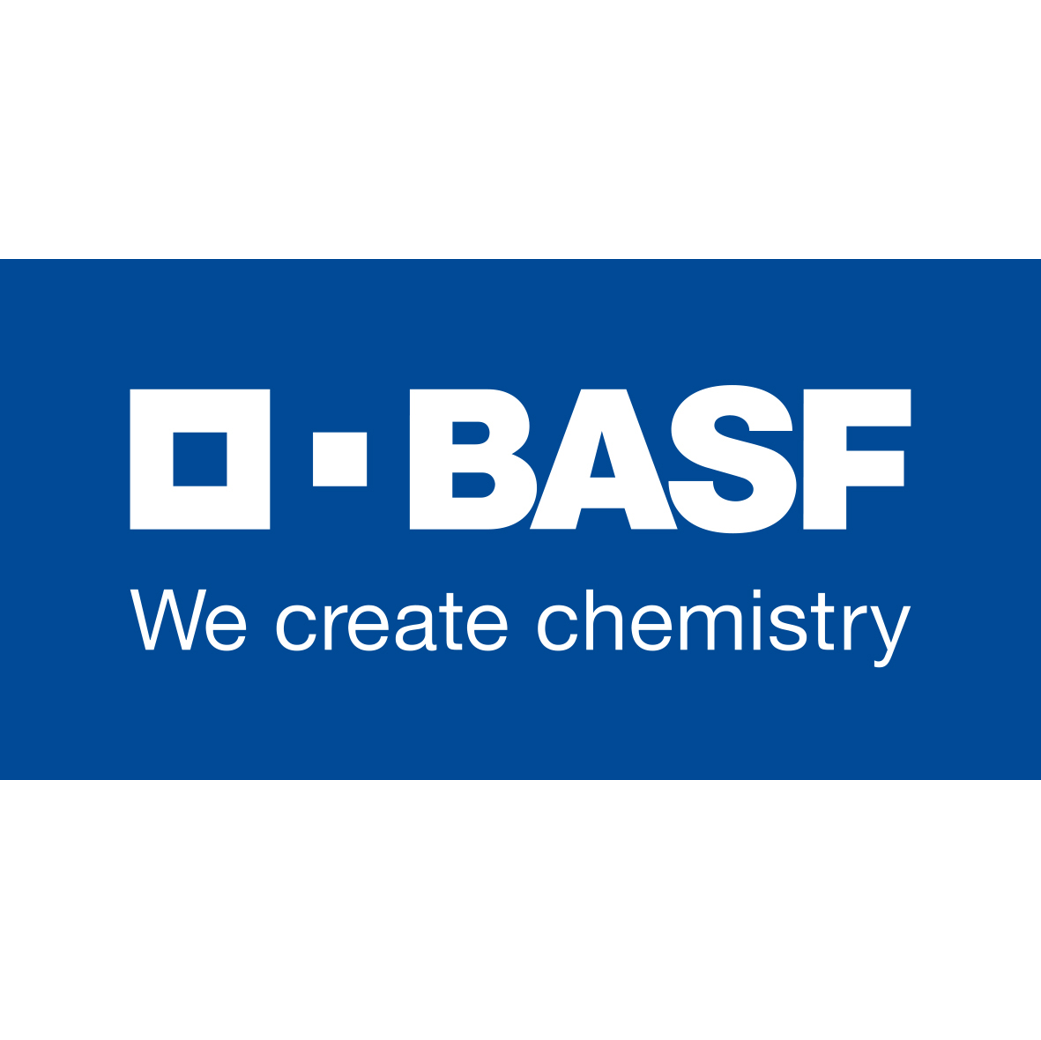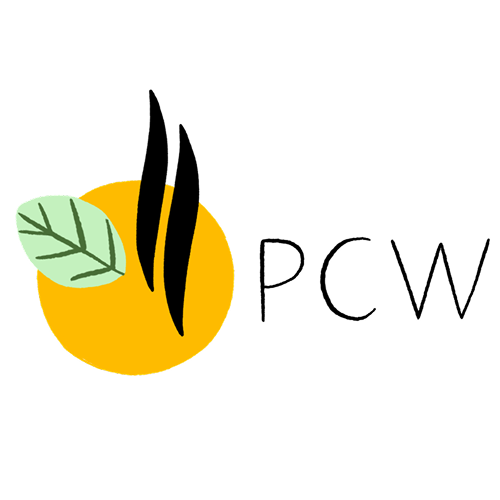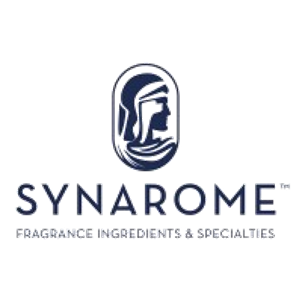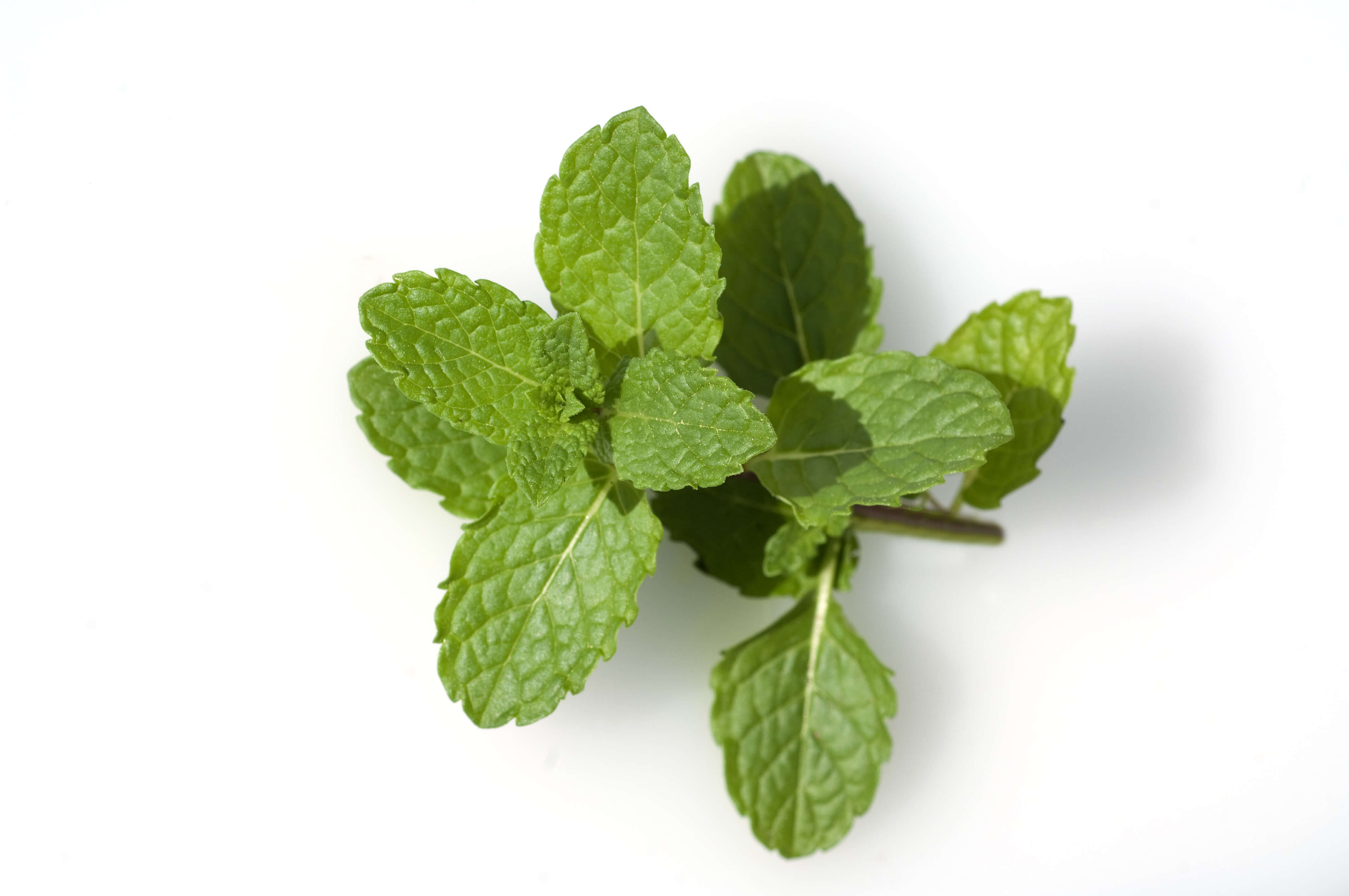
| Company | Ingredient Name | ID | Comments | Naturality | Certifications | MOQ | Latin name | Treated part | Geographical origin |
|---|---|---|---|---|---|---|---|---|---|
|
|
MINT NANA EO | - |
Visit website
|
- | 10 grs | - | - | - | |
|
|
MINT SPEARMINT EO 80% | - |
Visit website
|
- | 10 grs | - | - | - |
General Presentation
-
CAS N° :
8008-79-5 -
EINECS number :
283-656-2 -
FEMA number :
3032
-
Volatility :
Heart/Base -
Price Range :
Donnée indisponible.
Physico-chemical properties
-
Appearance :
Green to brown paste -
Density :
-
Refractive Index @20°C :
Data not available. -
Optical rotation :
-
Vapor pressure :
Data not available. -
Flash Point :
Data not available. -
Acid Value :
Botanical informations
Botanical name :
Mentha spicata L.
Synonyms : Mentha crispata Schrad. // Mentha sylvestris subsp. viridis (L.) Batt., 1890
Botanical profile :
Mint is a perennial herbaceous plant belonging to the Lamiaceae family and the genus Mentha L.
The Lamiaceae family is the most important family in perfumery, notably including lavenders, basils, mints, sages, rosemaries, patchoulys, and thymes.
Chemotypes :
There are about 190 accepted species within the genus Mentha L., all growing in temperate and subtropical regions of the world.
In perfumery, we use several species and we can group them according to their main components:
Carvone mints:
- Mentha spicata L.: Mentha spearmint oil / Mentha spearmint SFE / Mentha spearmint absolute
- Mentha longifolia L.: Mentha longifolia oil
Menthol mints:
- Mentha ×piperita L.: Mentha piperita oil / Mentha piperita SFE / Mentha piperita absolute
- Mentha arvensis L.: Mentha arvensis oil
Pulegone mints:
- Mentha pulegium L.: Mentha pulegium oil
Linalool mints:
- Mentha aquatica L.: Mentha citrata oil, also known as “Eau de Cologne Mint”
- Mentha ×gracilis Sole: Mentha gracilis oil
Extractions & Uses
Extraction process :
Data not available.
Uses in perfumery :
Data not available.
Stability :
Stable in diverse bases
Major Components :
Data not available.
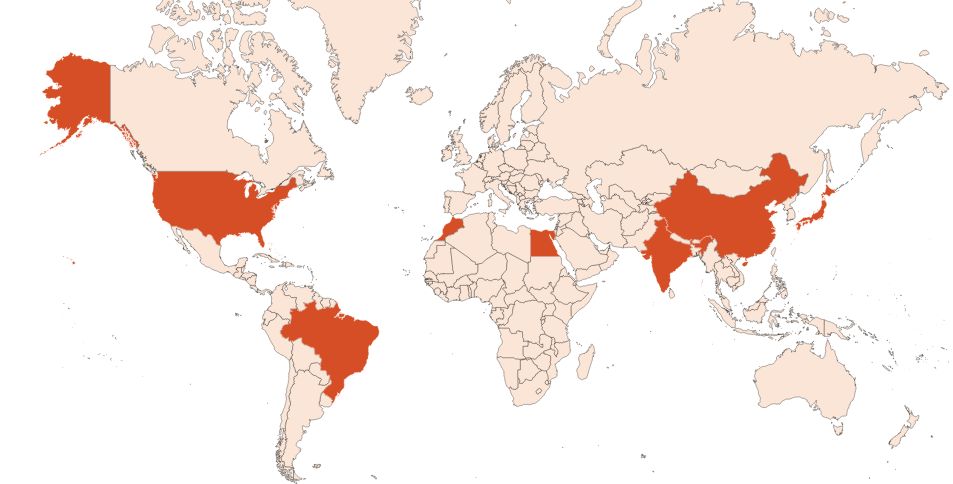
Photo credits: ScenTree SAS
Other comments :
It is believed that the word ''mint '' comes from a Greek legend of the nymph Minthe, who caught the attention of Hades. Hades's wife, Persephone, who was jealous, allegedly attacked Minthe and locked her in a mint.
Composed of about 60% L-Carvone, spearmint is the main precursor of natural L-Carvone. It is also possible to notice adulterations of this essential oil by adding L-Carvone.
IFRA
IFRA 51th :
This ingredient is restricted by the 51th amendment





